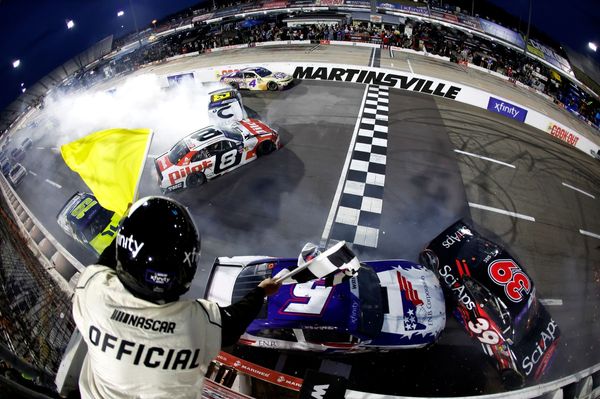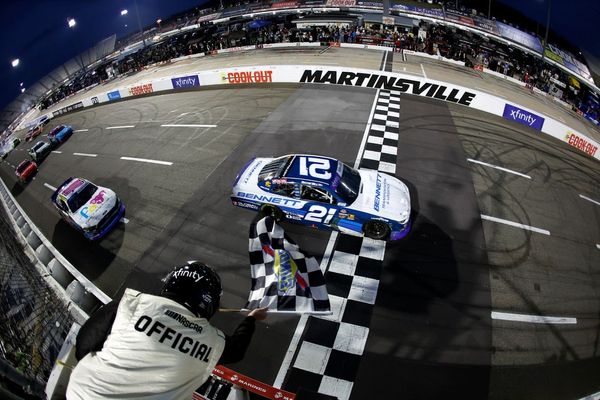
Navies will not stop using large submarines but will increasingly rely on smaller uncrewed systems as the oceans become more “transparent”, a defence contractor has predicted.
Anduril has a $140m contract with the Australian government to build three autonomous undersea vehicle prototypes in Sydney in a project named Ghost Shark.
The founder of Anduril, Palmer Luckey, said while crewed submarines would continue to perform important roles, autonomous systems could act as “a force multiplier”.
“For a lot of missions, you don’t necessarily need an entire manned submarine,” Luckey said on Tuesday during a visit to Australia.
“You can do it better or certainly more cost-effectively with smaller systems that don’t have people inside of them and that have a lower [acoustic] signature.
“I think the future of undersea warfare is going to be defined by having large numbers of autonomous underwater systems that are managed by relatively small numbers of people, who are able to stay more out of harm’s way and more out of range of the bad guys, by teaming with these autonomous systems.”
As part of the Aukus deal, Australia is planning to buy at least three Virginia class nuclear-powered submarines from the US in the 2030s before the next generation of Australian-built, British-designed submarines enter into service from the 2040s.
The detailed Aukus plans – estimated to cost $268bn to $368bn between now and the mid 2050s – have led to increased commentary that scientific and technological developments will make it harder to hide the presence of submarines.
An Australian National University report, Transparent Oceans?, said oceans were “likely” or “very likely” to become transparent by the 2050s.
Luckey, whose company has headquarters in the US, did not suggest crewed submarines would become obsolete, but said they could increasingly work together with autonomous systems.
“It stands to reason if you’re a smaller system using less power, you’re going to be harder to detect.”
He said autonomous systems could dive “much, much deeper than most manned submarines”.
“I think the oceans are becoming more transparent, but with smart techniques to keep your larger signature assets out of those transparent areas and to use autonomy to penetrate into them, it’s still a place where you can get a lot done,” he said.
“They’re definitely going to be working together in one way or another. The idea for Ghost Shark is not that it’s a submarine fleet independent of the rest of the navy; it’s that it’s an integrated part of the way they think about operating and that you have these systems all working together.
“Sometimes that’s going to be very close. Sometimes that’s going to be distributed at longer ranges.”
Anduril’s Ghost Shark contract is with the Defence Science and Technology Group (DSTG) and the Royal Australian Navy to build three prototypes and a plan to manufacture them at scale.
Anduril is providing $70m of the funding, while the government is providing the other $70m. The company has a workforce of about 40 people in Australia.
The executive chairman and chief executive of Anduril’s Australia and Asia Pacific arm, David Goodrich, said the project was about three months ahead of schedule.
“We’re looking to accelerate the delivery of our first Ghost Shark prototype, which is due in about a year and a half’s time,” Goodrich said.
“We can’t say when but it’s likely to be well before it’s due.”
Goodrich was interviewed by the former defence chief Sir Angus Houston as part of the defence strategic review that was handed to the government in February and is due to be announced later this month.
The deputy prime minister, Richard Marles, has previously said while countries are putting a lot of effort into “illuminating the seas”, they are also working on “creating more stealth around a submarine”.
Marles told Guardian Australia’s politics podcast nuclear-powered submarines were needed because diesel-electric boats would become “a comparatively diminishing capability” in the 2030s.
“You could flip the question and say: how confident are we that the veil of the sea will be lifted by 2050 such that we don’t need a submarine capability? Well, that would be a negligently risky call to make on the part of any Australian government.”







